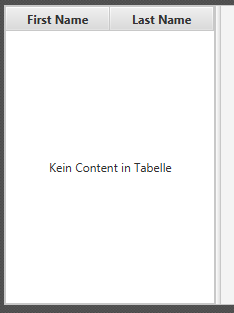

- Buttonbar not in scene builder how to#
- Buttonbar not in scene builder install#
- Buttonbar not in scene builder update#
- Buttonbar not in scene builder code#
Furthermore, we are able to use the Scene Builder tool to edit our FXML file. We will use FXML for most parts, so that we can separate the view and controller from each other.

The JavaDocs will come in handy when writing your own JavaFX applications:Īdditionally, Oracle also has a tutorial on JavaFX if you are interested.

C:\Users\Admin\AppData\Local\SceneBuilder\SceneBuilder.exe on Windows)
Buttonbar not in scene builder install#
Buttonbar not in scene builder how to#
This tutorial will teach you how to create a new JavaFX application in IntelliJ, and to use the SceneBuilder to create a layouts for your application.
Buttonbar not in scene builder update#
Use the Make Controller command if you delete an element in the Control panel or update an fx:id value or a method name in Scene Builder.JavaFx 9 Tutorial - Part 1: Scene Builder Introduction The private variable and the new onAction method for the button you just added in Scene Builder are created in the controller source file. In NetBeans IDE 7.4 or later, right click the project node for the FXML file that you just edited and select Edit from the contextual menu.įrom the main menu, select Source and then Make Controller. Select File in the main menu and then Save.
Buttonbar not in scene builder code#
In the Code panel, assign a new value for the new button's fx:id field and a new method name for the onAction method. In Scene Builder, drag a Button control from the Library panel to the Control panel. To illustrate this feature, do the following: The NetBeans IDE's Make Controller feature allows you to synchronize the modifications you make in the FXML file that is currently opened in Scene Builder and the controller source code opened in NetBeans IDE. Synchronizing With the Controller Source Code


 0 kommentar(er)
0 kommentar(er)
